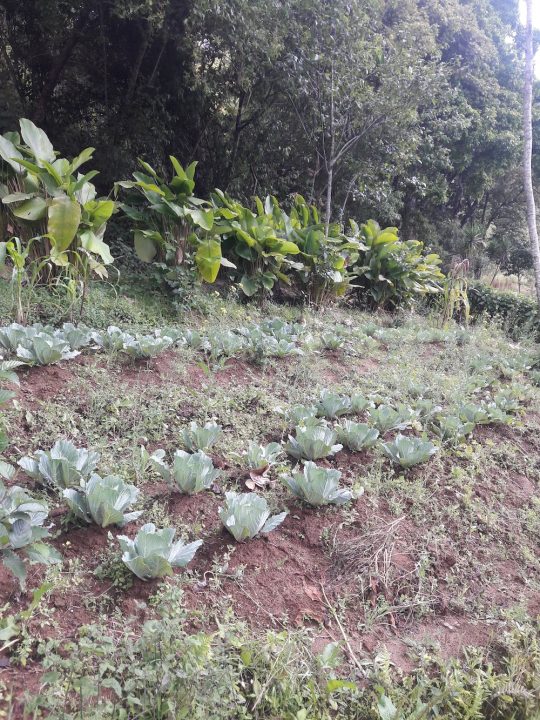Purpose
Help smallholder farmers conserve water and improve crop yields threatened by unpredictable rainfall and heatwaves.
CLIMATE IMPACTS
Community members from Santa Clara La Laguna report the following impacts:
Declining crop yields
due to rising temperatures and a lack of rain
Increased prevalence of pests and diseases
affecting crops and natural vegetation
Water scarcity
due to sporadic rainfall
Changes in farming practices
such as crop type and timing, to compensate for erratic rainfall and seasonal shifts
More people seeking additional livelihood opportunities
to supplement or replace farming income.


Activities
Identification of drip irrigation sites
Training of local community members
on drip irrigation installation and maintenance.
Purchase of materials
necessary for the drip irrigation system. The system required PVC tubing, 200 gallon capacity water holding tanks, filters, valves and water distribution tanks.
Installation of irrigation systems
on four plots of land using the help of the farming families.
Follow up with families
and inspect irrigation system functionality as well as water rate.
Testing of water levels
and rates for continued monitoring.
project outcomes
project design
Declining rainfall threatens subsistence farming in Santa Clara La Laguna. Led by a local Peace Corps volunteer, this project aimed to help smallholder farmers conserve water and increase crop yields by installing a drip irrigation system. The system conserves water by reducing the amount lost to evaporation, by current conventional irrigation techniques, while providing crops with a consistent source of targeted irrigation, regardless of rainfall.
*Siobhan Fathel. "Drip Irrigation can Save Energy and Money." Pennsylvania State University, 2020.







